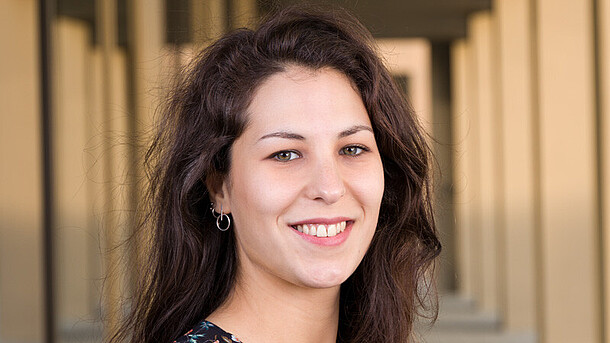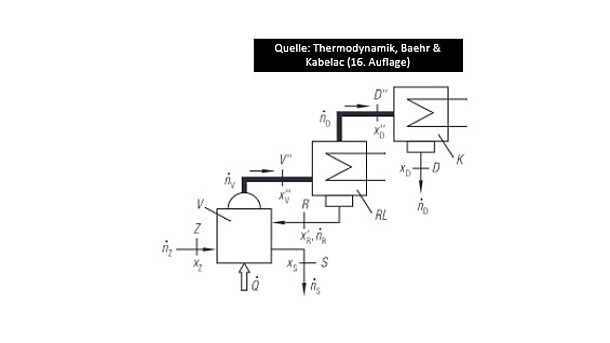09.05.2025: Doctoral presentation M.Sc. Aydan Gedik
The Institute for Thermodynamics at Leibniz University Hannover (LUH) would like to introduce itself on the following pages. The institute represents technical thermodynamics in research and teaching; it is assigned to the Faculty of Mechanical Engineering of the LUH. The head of the institute is Professor Dr.-Ing. Markus Richter.









